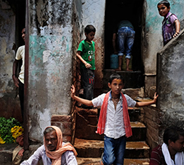After shooting with the Fujifilm XT-1 for about a month now, I can easily say that it has given me the magical powers of invisibility. It’s so compact and the shutter is as quiet as the drop of a feather. As a street photographer, being invisible and getting camouflaged within the surroundings is key. When I was carrying a DSLR people would almost always tense up and the moment would get lost.
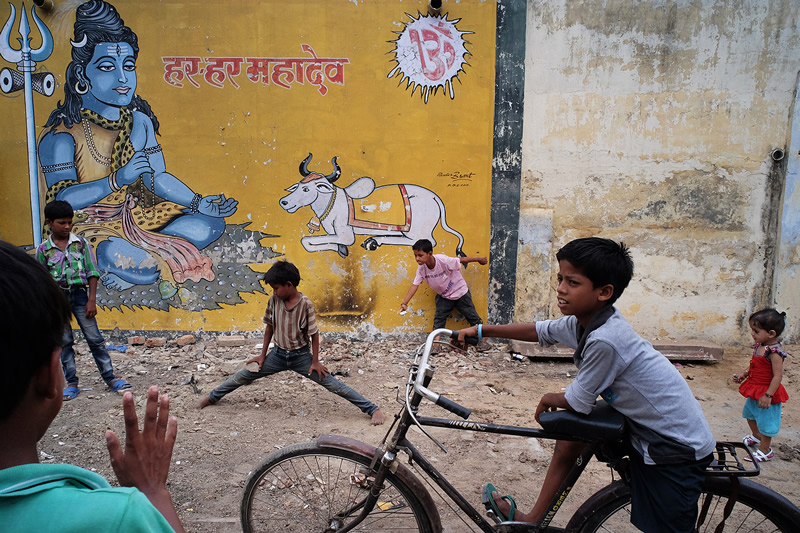
I enjoy roaming for hours searching for that special decisive moment and I generally do a lot of standing & waiting. Once I find my stage (I call it a stage because I feel the minute I step out to shoot, I as a photographer, feel that every subject on the street is a performer for me.) I like to be patient and eventually let all the right things fall into place in my frame.
Layers is the most important component of my style of shooting because it creates depth and volume in an image. This style generally has a strong foreground, mid-ground and background and by filling my frame with as many elements as possible, I can make the viewer stay in the frame longer. One thing I try to be careful about is overlapping. If there’s too much overlapping the viewer will completely loose interest.
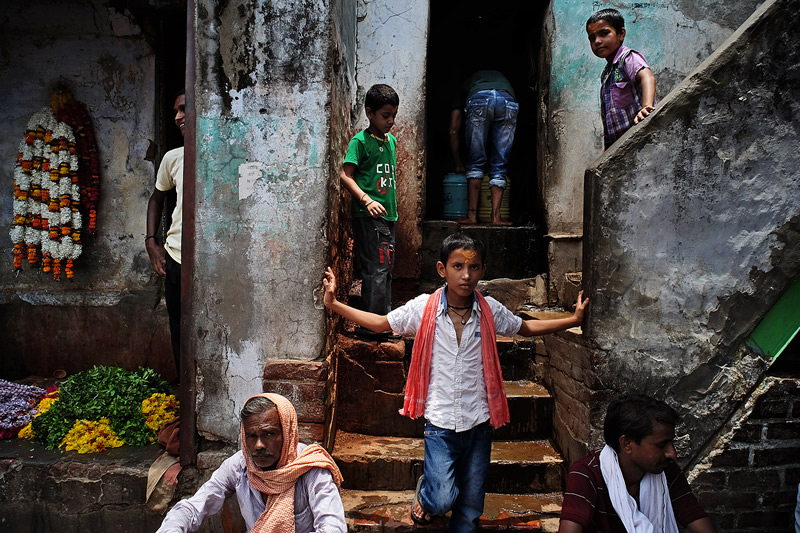
So why “layers” in street photography ?
Ensuring there’s something in the front, middle & the back grabs the viewer’s attention. The trick is finding scenes and compositions that make that chaos look like an organized whole.
This may sound very easy but it actually requires lot of practice to get the right content in the image. The more you see the more you get. I feel photographers are very close to doctors, like when we say that doctors ‘practice’, similarly photographers practice. It’s really difficult to be an accomplished photographer.
So to get a good layered photograph one has to provide a line of gaze which is often provided by the help of the subject which is closest, he could be partially visible or maybe even it’s just a hand complementing other subjects, adding aesthetic appeal to the whole image.
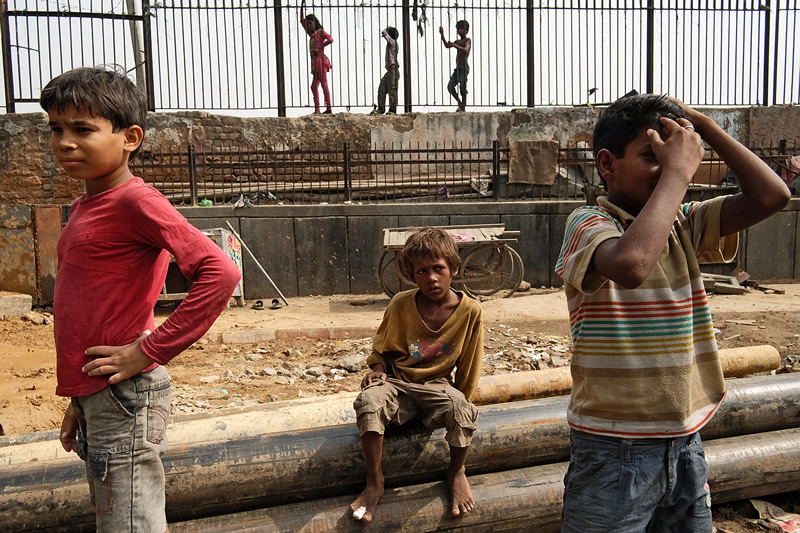
The streets always give us something but we do have to patient. The right subjects will eventually fall into place at the right time. These subjects and layers have an uncanny way of coming together, but getting the right moment is the key.
Another key to getting the layers right isto utilize a wide depth of field. With more of the frame in focus, we caneasily recognize deeper emotions fromthe subjects; the emotions are conveyed in the image with the help of posture or body language, expressions, even clothes at times. Find your main subject, place him in the center and compose it when the moment is right. Look for themovement of a hand or gaze of an eyeto work as leading lines. Limbs can beused as the main elements to guide a viewer through the frame. With these small postures, the viewer gets pulled into the photograph and is compelled to look for supporting elements through the frame. All those elements, which are totally independent in their identity,interconnect with each other and make it a bigger moment.
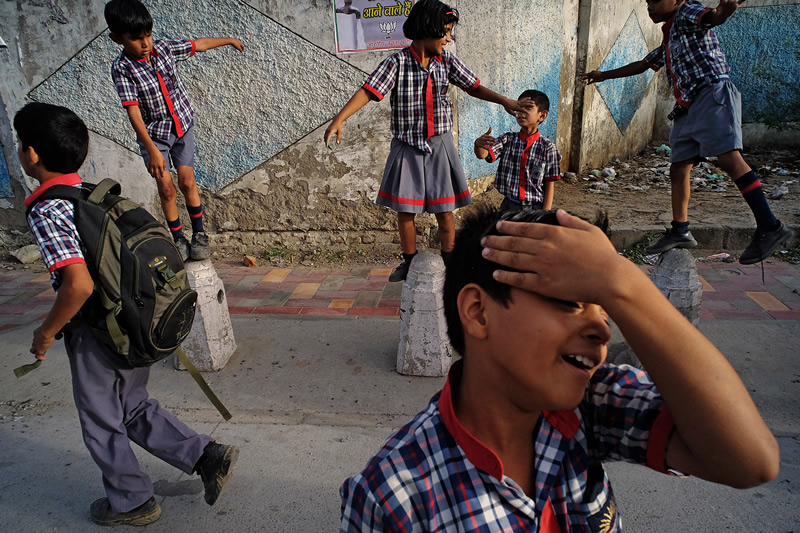
A smaller camera has helped me achieve this style of layering with lot of convenience. With DSLR’s I often felt I was seen as holding a machine gun on my subjects, and other times I felt like a sniper. Now, as I said in the opening, I feel almost invisible with these little beasts. Now people often don’t even realize I am holding a camera or that they are even in the frame. Even when they do, they seem less concerned about it. Of course this is really just my experience, one should be comfortable with whichever camera they are usingand enjoy what they are doing!
This is the joy of street photography.
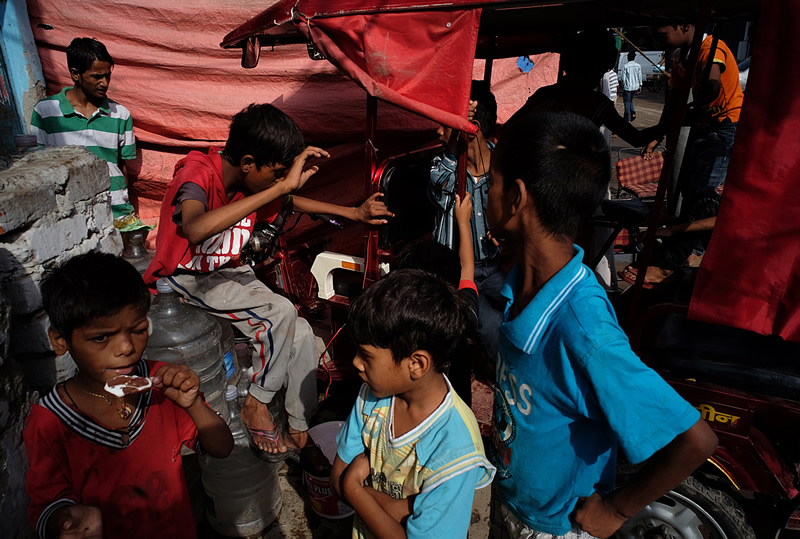
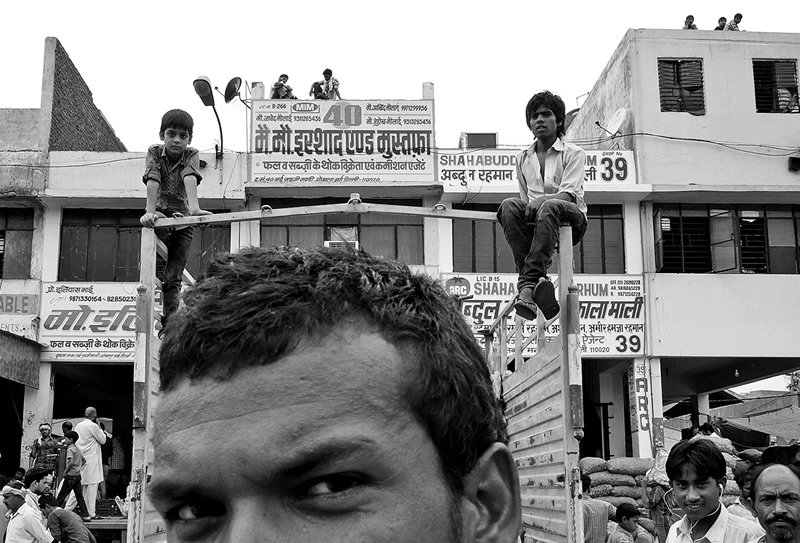

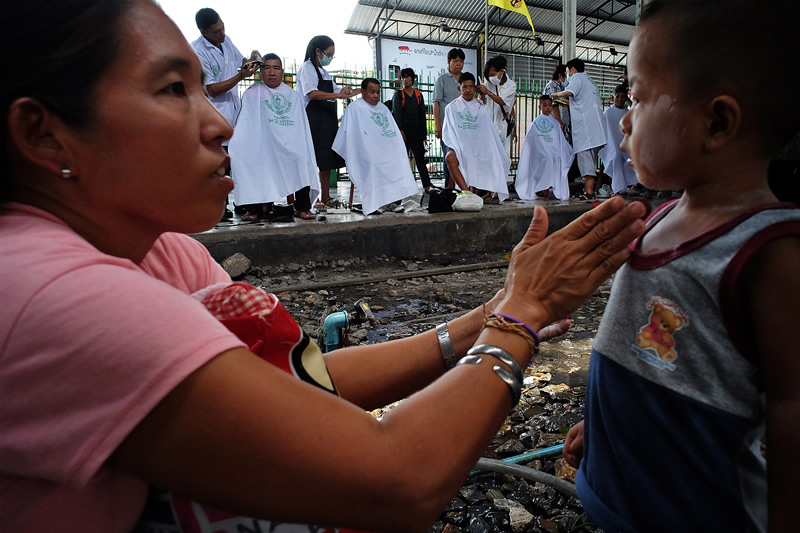
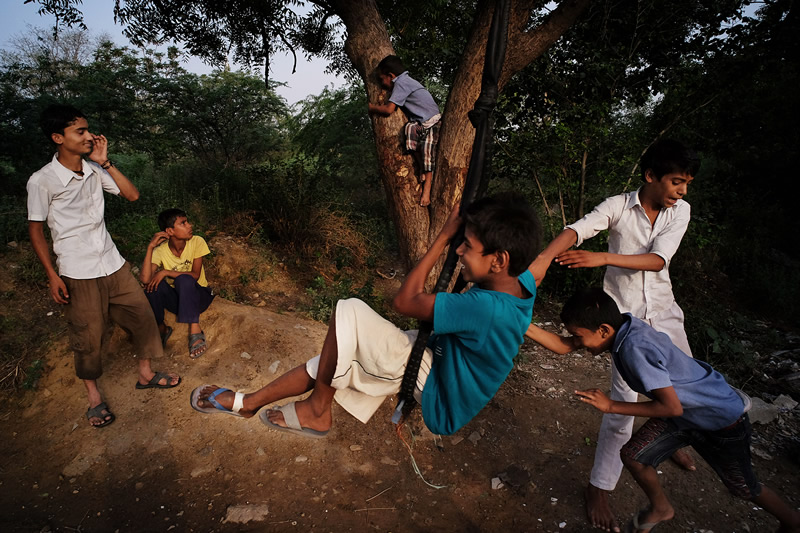


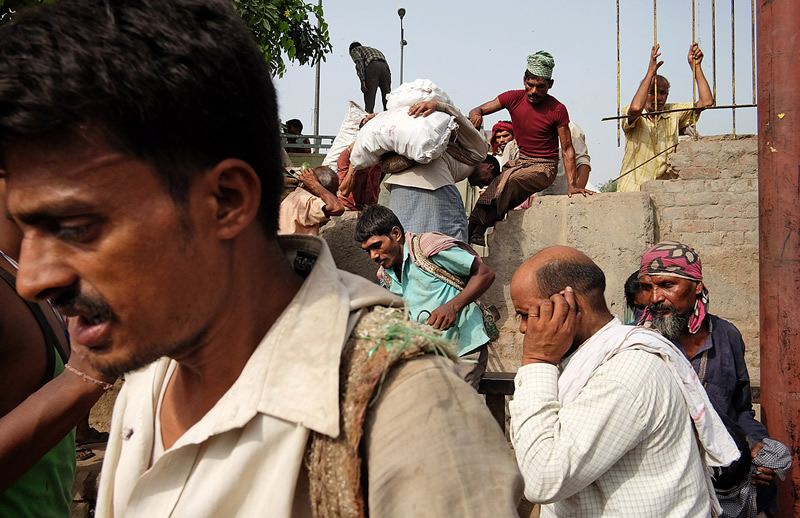
About Vineet Vohra
To me photography is a journey and I travel everyday. I am learning and unlearning everyday. I strive to improve everyday. Life in general is sospontaneous and so unexpected and Itry to be as honest through my lens as I can. I try to synthesize the human elements with the surroundingenvironment and make ordinary moments look extraordinary. I think everyone of us should get involved with photography because it gives more than one can ever imagine.
In 2011 I formed APF along with my brother, Rohit Vohra, who is also a street photographer. APF was born from an education imperative, it’s an evolving magazine where we recognise fresh talent. The intent is to provide a platform for emerging photographers, artists & designers to showcase their works, works that are not necessarily commercial, to create opportunities and open new doors. The subjects explored are broad, in terms of concepts, styles and techniques. We want to explore the limits and possibilities.
You can find Vineet Vohra on the Web :
Copyrights:
All the pictures in this post are copyrighted Vineet Vohra. Their reproduction, even in part, is forbidden without the explicit approval of the rightful owners.

